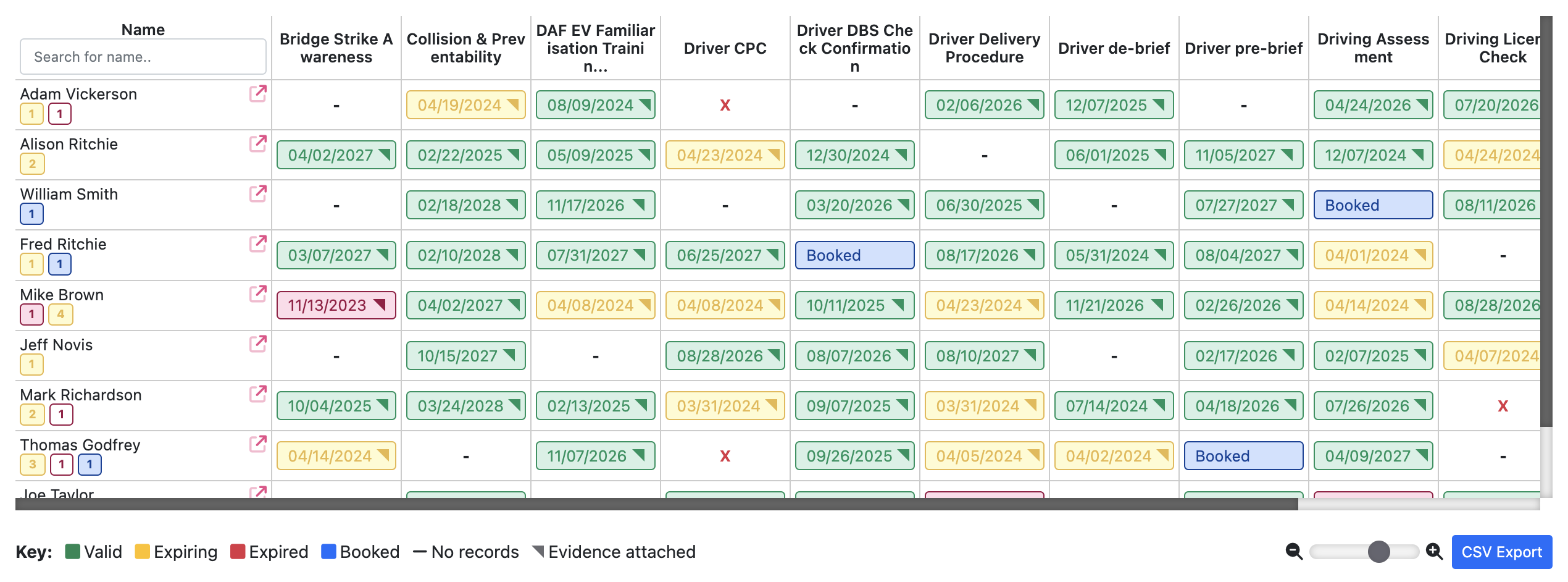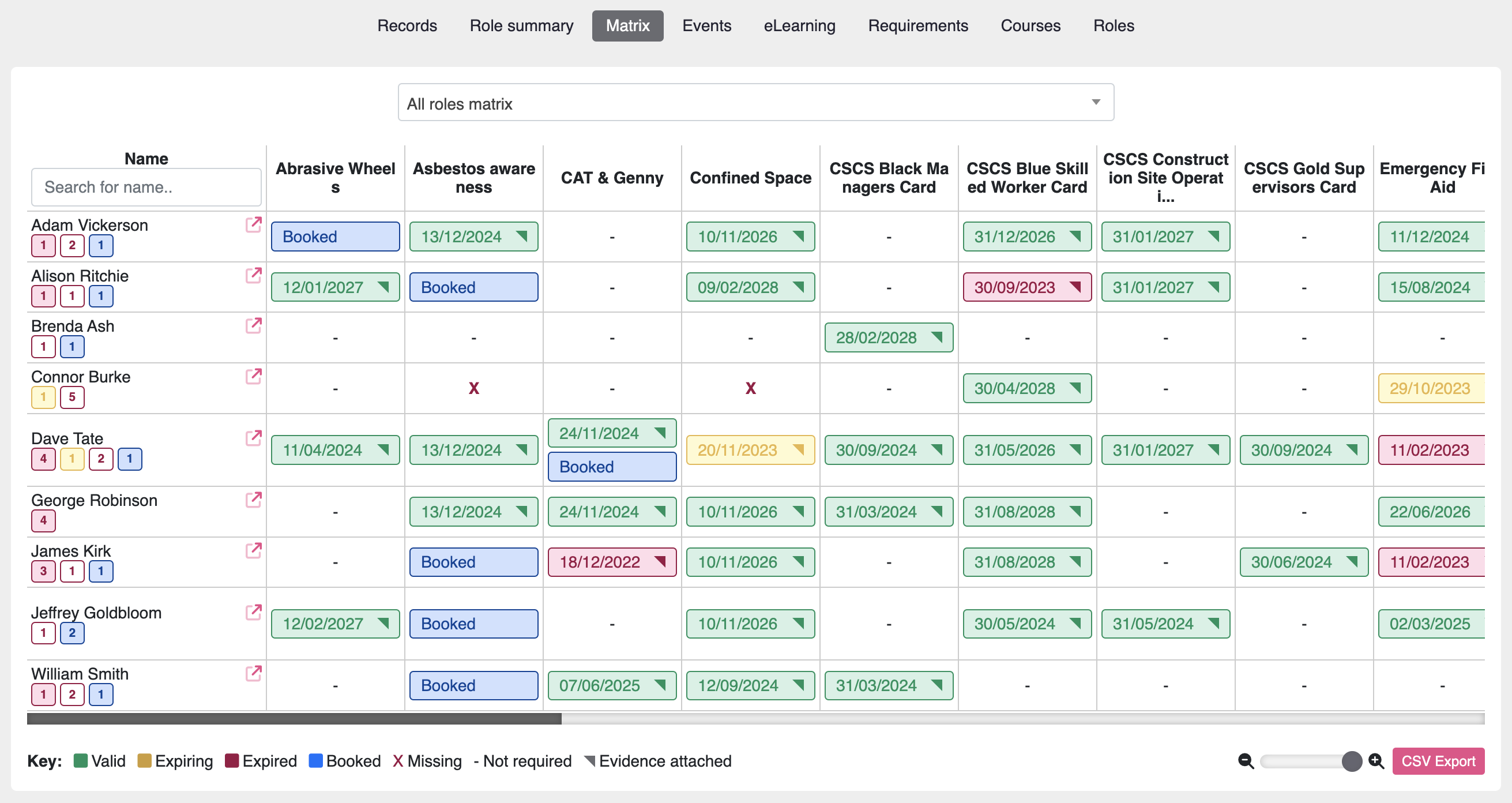In today’s competitive business landscape, organisations need to ensure that their employees possess the necessary skills and knowledge to excel in their roles. One effective method for achieving this is competency-based training (CBT). This approach focuses on developing specific competencies required for job performance, ensuring that employees can perform their duties efficiently and effectively. In this blog post, we will explore what competency-based training is, its benefits, and provide examples of how it can be implemented across various industries.
What is Competency-based Training?
Competency-based training is a systematic approach to employee development that centres on the skills, knowledge, and behaviours essential for successful job performance. Unlike traditional training methods that emphasise time spent in training or the completion of a set curriculum, CBT focuses on ensuring that learners achieve and demonstrate mastery of specific competencies.
Competency-based training is performance and standards-based and related to realistic work practices
Josie Misko: Research paper
Key Elements of Competency-based Training
- Competencies:
- Defined as the measurable skills, knowledge, and behaviours required for effective job performance.
- Competencies are broken down into smaller, observable units that can be individually assessed.
- Learning Outcomes:
- Clearly defined objectives that specify what learners should know and be able to do after completing the training.
- Learning outcomes are directly linked to the competencies required for the job.
- Assessment and Evaluation:
- Continuous assessment to ensure learners meet the required competency standards.
- Assessments are often performance-based, requiring learners to demonstrate their skills in practical scenarios.
- Individualised Learning:
- Training is tailored to the needs of each learner, allowing them to progress at their own pace.
- Focuses on areas where learners need improvement, ensuring efficient use of training time.
- Mastery of Skills:
- Learners must achieve mastery of each competency before moving on to the next.
- Ensures all necessary skills and knowledge are acquired and demonstrated effectively.
- Flexibility in Training Delivery:
- Training can be delivered through various methods, including online courses, workshops, on-the-job training, and self-study.
- The focus remains on the achievement of competencies, regardless of the training format.
Benefits of Competency-Based Training
- Alignment with Job Requirements:
- Training is directly linked to the competencies required for specific roles, ensuring relevance and practical application.
- Employees are better prepared to meet job expectations and contribute to organisational goals.
- Efficiency and Effectiveness:
- Learners acquire the skills they need more efficiently, reducing time spent on unnecessary content.
- Focused training leads to more effective skill development and improved job performance.
- Personalised Learning Paths:
- Training is customised to individual needs, accommodating different learning styles and paces.
- Learners can focus on developing competencies they lack, ensuring a more targeted and effective training experience.
- Clear Performance Standards:
- Competency-based training sets clear standards for performance, making expectations transparent for learners and trainers.
- This clarity helps in better evaluating and improving employee performance.
- Improved Employee Performance:
- By focusing on the competencies required for their roles, employees can perform their tasks more effectively, leading to improved overall performance.
- Competency-based training supports continuous improvement and skill development.
- Enhanced Accountability:
- Continuous assessment and feedback create a culture of accountability and improvement.
- Employees are held accountable for their learning and development, fostering a proactive approach to skill enhancement.
Examples of Competency-Based Training
- Healthcare Industry:
- In healthcare, competency-based training ensures that medical professionals possess the necessary skills to provide high-quality patient care. For example, nursing training programmes often include competency assessments in clinical skills such as patient assessment, medication administration, and emergency response.
- Manufacturing Sector:
- Manufacturing companies use competency-based training to ensure that workers are proficient in operating machinery, following safety protocols, and maintaining quality standards. This approach helps reduce errors, increase efficiency, and improve product quality.
- Information Technology (IT):
- In the IT industry, competency-based training is used to develop technical skills such as coding, network management, and cybersecurity. IT professionals are assessed on their ability to solve real-world problems and apply their knowledge in practical scenarios.
- Retail and Customer Service:
- Retail and customer service organisations use competency-based training to enhance employees’ skills in areas such as communication, sales techniques, and customer relationship management. This training ensures that employees can provide excellent customer service and contribute to sales growth.
Conclusion
Competency-based training is a powerful approach to workforce development that ensures employees have the specific skills, knowledge, and behaviours needed to perform their jobs effectively. By focusing on the mastery of defined competencies, organisations can improve employee performance, increase efficiency, and support continuous professional growth. Whether in healthcare, manufacturing, IT, or retail, competency-based training provides a structured and effective way to develop a capable and competent workforce.
Implementing competency-based training in your organisation can lead to significant improvements in job performance and overall organisational success. By investing in this targeted approach to employee development, you can ensure that your workforce is equipped to meet the demands of today’s dynamic business environment.
Managing competency-based training on a training matrix is ideal for better visibility and ensuring training gaps don’t occur.
John is our co-founder and is responsible for software design and development and loves helping people solve problems using innovative software.


